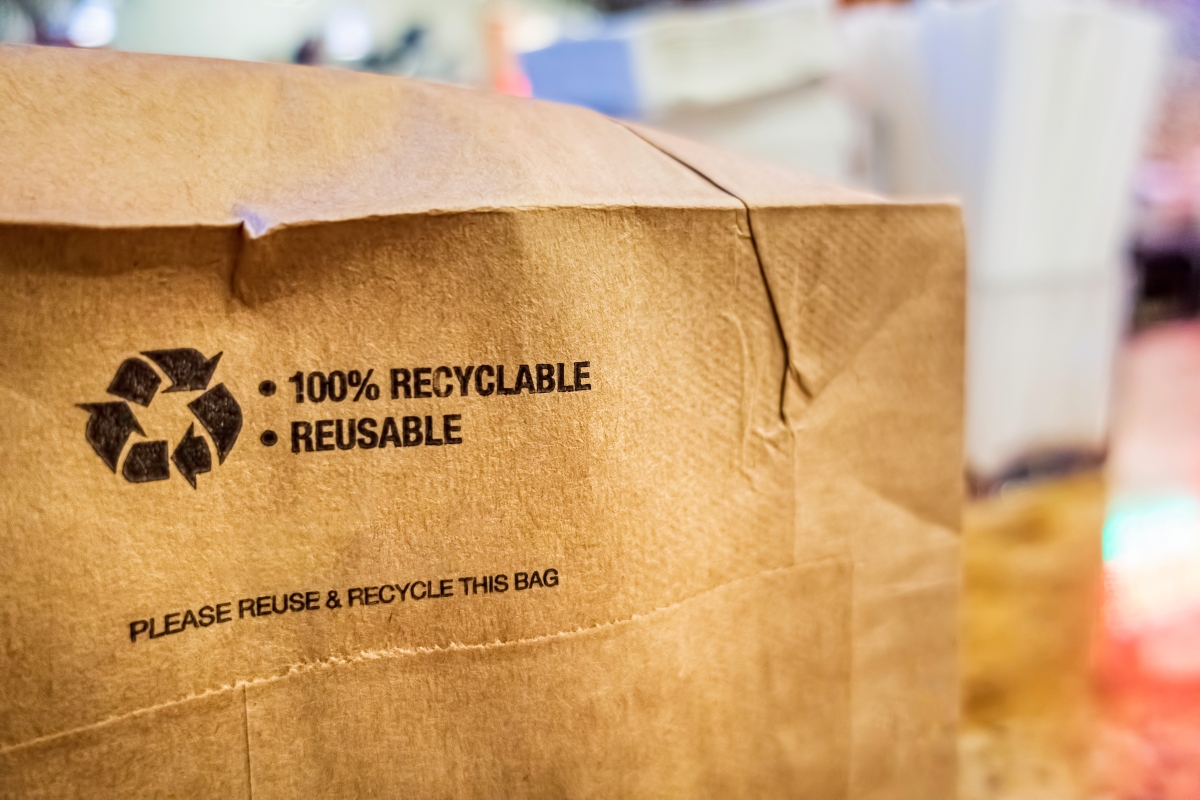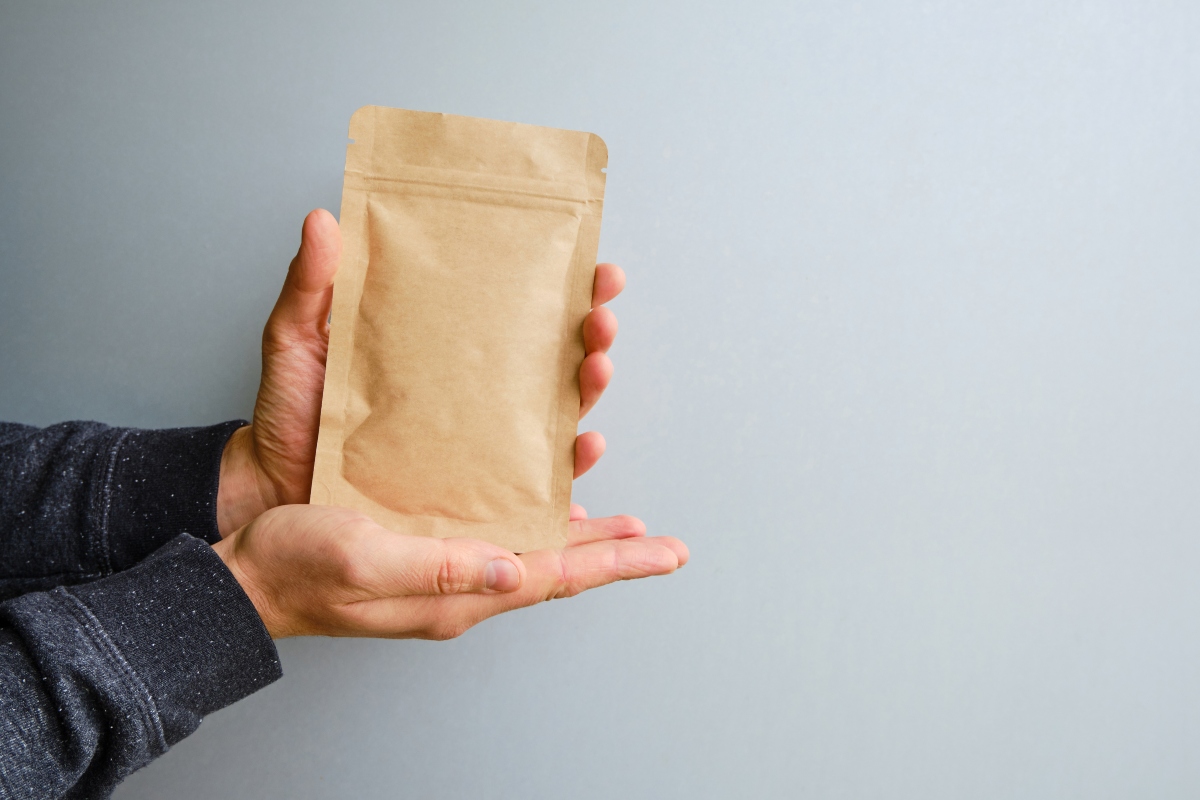We’re running out of time to save the planet, and while the largest contributor to climate change is the burning of fossil fuels, this isn’t the only source. Single-use, non-biodegradable materials are large factors too. To reduce their carbon footprint and decrease the amount of waste that ends up in landfills, more and more businesses are beginning to invest in more sustainable packaging. There’s still quite a long way to go, but we’re excited about what the future of the packaging and shipping industry may look like.
We’re breaking down Lux Research’s executive summary, Predicting Policy for Sustainable Materials, a study that focused on packaging waste in the U.S., Japan, China, and India, the countries that contribute the most to this type of waste. The report evaluates the probability of implementing policies regarding ecologically friendly packaging materials and the potential impact these new laws can have. With that in mind, let’s dig into how the packaging and shipping industry may change in the years to come.
A ban on single-use plastics
One of the most notable changes to look forward to is the ban on single-use plastics. According to the Lux Research summary, bans on single-use plastics and similar policies have a high likelihood of implementation in the U.S., Japan, China, and India, so we’re likely to see more of these in the future.
This fairly simple policy can have a transformative environmental impact worldwide. About 150 million tons of single-use plastic are produced each year, much of which winds up in landfills or oceans. By reducing our reliance on and use of materials like shrink wrap, plastic bags, and other plastics, we can limit the amount of waste released into the environment.

Higher taxes on unrecyclable materials
While serious changes will have to come from the big businesses and production plants, it’s still crucial to encourage individual consumers to take responsibility for their wastefulness. By placing higher taxes on unrecyclable materials, governments can make eco-friendly options wallet-friendly too.
This recommendation does not just work in theory — taxation on unrecyclable materials effectively influences consumers to purchase less expensive (and less wasteful) products. Europe has already implemented a tax for plastic packaging, effective as of January 1, 2021. The tax charges € 0.80 per kilo of non-recyclable plastic materials and, according to the report, we are likely to see similar taxes elsewhere shortly.
Lux Research’s summary argues that this European tax is “one of the most impactful and profitable sustainability packaging taxes ever created,” and other countries will likely follow in these footsteps.
Mandates to use recyclable materials
As an alternative to banning certain materials, some governments can choose to require companies to use only approved packaging. This could mean necessitating that businesses use a certain percentage of recyclable materials like paper, cardboard boxes, and paper masking tape. Soon, we will part with bubble wrap and packing peanuts in favor of shredded cardboard, paper, and biodegradable packaging filling.
These types of policies usually start small and are initially city or county-wide before becoming national laws. When they do become national, some governments can even restrict nonrecyclable materials from entering or exiting the borders, forcing companies to switch to eco-friendly packaging to resume trade.

More cost-effective offsets
According to the Lux Research study, “packaging is one of the most notoriously cost-sensitive spaces.” Though many people (and businesses) would like to follow eco-friendly practices, sometimes it is just too expensive to do so. This is why creating cost offsets on packaging materials will be critical for the success of this movement.
These policies primarily take one of two forms: increasing the cost of nonrecyclable materials or decreasing the price of eco-friendly ones. The first option includes policies we already discussed like implementing higher taxes and restrictions on single-use plastics. Alternately, governments can also subsidize recyclable materials, decreasing their price and making them a more cost-effective solution.
The impact of global climate change is already irreversible. However, this doesn’t mean that there isn’t any hope for a brighter and greener future. With a systemic, global movement toward recyclable and biodegradable materials, we can reduce the CO2 emissions from fossil fuel-powered production plants and reduce the amount of waste that lands in landfills and oceans.
One of the first steps is changing the way we send and receive our items. With these eco-friendly packaging policies in place, we can look forward to receiving our shipments in cardboard, paper, and other recycled and recyclable materials.



